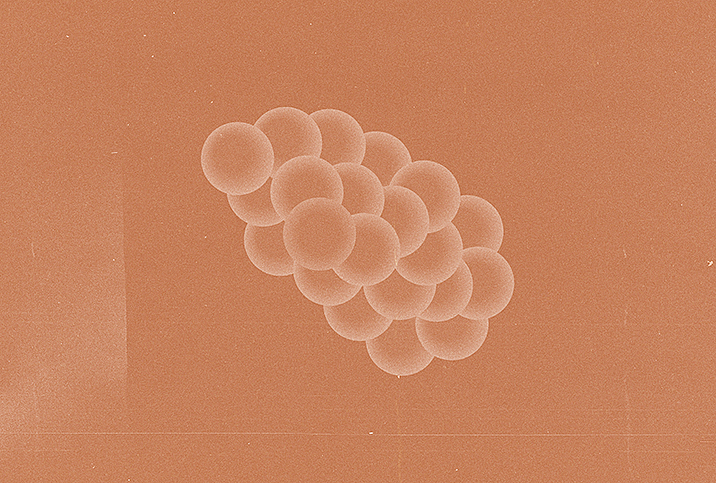Early Detection of Uterine Cancer Can Save Your Life

Uterine cancer is an umbrella term for cancers that develop inside the uterus. Sarcoma, the most serious form of the cancer, develops in the myometrium, or the middle layer of the uterus, and accounts for 2 to 4 percent of uterine cancers. More than 80 percent of all uterine cancers are adenocarcinoma cancers that develop from cells in the endometrium, which is the lining that builds up over the course of a month and is shed through the cervix during menstruation. This cancer is commonly called endometrial cancer.
Warning signs
Caught early, endometrial cancer is highly treatable. Researchers estimate the five-year survival rate to be more than 90 percent. There is a major deterrent to early detection, however: The signs of endometrial cancer can mimic the signs of common, less serious medical conditions, such as urinary tract infections and endometriosis.
For most women with endometrial cancer, the most common sign is abnormal vaginal bleeding, including bleeding between periods and bleeding after menopause. Unusually heavy menstrual flow is also a red flag.
Other symptoms that might point toward uterine cancer are:
- Unusual vaginal discharge that does not contain blood
- Pelvic pain
- Difficult or painful urination
- Pain during intercourse
- Pain in the abdomen
- A mass, lump or growth in the vagina
- Unintentional weight loss
If you experience any of these symptoms, see your healthcare practitioner immediately. Your treatment may be less invasive if caught early, and your chances of survival may be higher.
Risk factors
While doctors don't know what causes uterine cancer, they have identified the following factors that increase the risk of the disease:
- Hormonal imbalances: Diseases and conditions that increase estrogen levels without increasing progesterone can up the risk for endometrial cancer. Irregular ovulation, obesity and diabetes are some causes of hormonal imbalances. Estrogen supplementation after menopause can also increase risk if progesterone is not also supplemented.
- Menstruation for more years: Starting menstruation before age 12 or beginning menopause later in life, after age 55, are also risk factors for endometrial cancer. More periods means your endometrium has more exposure to estrogen.
- Age: Endometrial cancer is most common after menopause.
- Obesity: Women who are overweight or obese are up to three times more likely to get endometrial cancer, compared to women who maintain a healthy weight.
- Hormone therapy for breast cancer: Tamoxifen, a drug used to treat breast cancer, can increase the risk of endometrial cancer.
- Genetics: Lynch syndrome, caused by a gene mutation passed from parents to children, increases risk of colon and other cancers, including endometrial cancer.
Other risk factors for endometrial cancer are a diet high in animal fat, infertility, never having children, diabetes, prior radiation therapy for pelvic cancer, and a personal history of ovarian cancer, polycystic ovary syndrome (PCOS) or atypical endometrial hyperplasia.
Prevention
You can lower your risk of endometrial cancer and many other diseases by adopting certain lifestyle habits.
One of the most important things you can do to reduce your risk is to attain and maintain a healthy weight. While being overweight can cause serious health conditions and diseases, being underweight is also risky. Discuss your ideal weight range and body mass index (BMI) with your healthcare provider.
Stay physically active with exercise you enjoy. Physical activity can help you maintain a healthy weight and brings other benefits for your physical, emotional and mental health.
Get treated for any endometrial problems. Don't ignore painful periods or chalk them up to being "normal." Speak to your gynecologist about any discomfort you have during or after intercourse. Pain is a sign something is wrong. Stoicism is not an asset when it comes to your well-being.
Oral contraceptives are thought to reduce the risk of endometrial cancer when taken for at least one year. The pill has its own health risks, however, so be sure to assess all the pros and cons with your doctor. Perimenopausal and menopausal women should discuss hormone replacement therapy and alternatives for relief of the symptoms of menopause. All drugs have side effects, and you may be lowering the risk of one cancer while increasing the risk of another with treatments that include hormones.
Is it possible to become pregnant after uterine cancer?
The most common treatment for uterine cancer is a hysterectomy. Infertility is the result of this procedure.
The primary goal of treatment for uterine cancer is to improve the patient's outcome and quality of life; fertility is a secondary, but important, consideration. Protecting fertility may include delaying cancer treatment or taking a conservative treatment approach. Generally, these alternatives to surgery buy time. Most women eventually undergo surgical treatment for endometrial cancer.



















